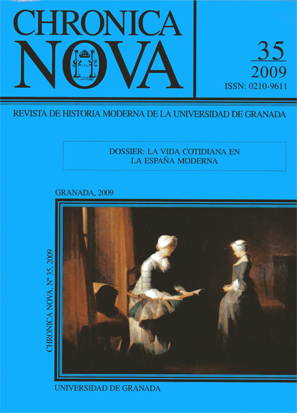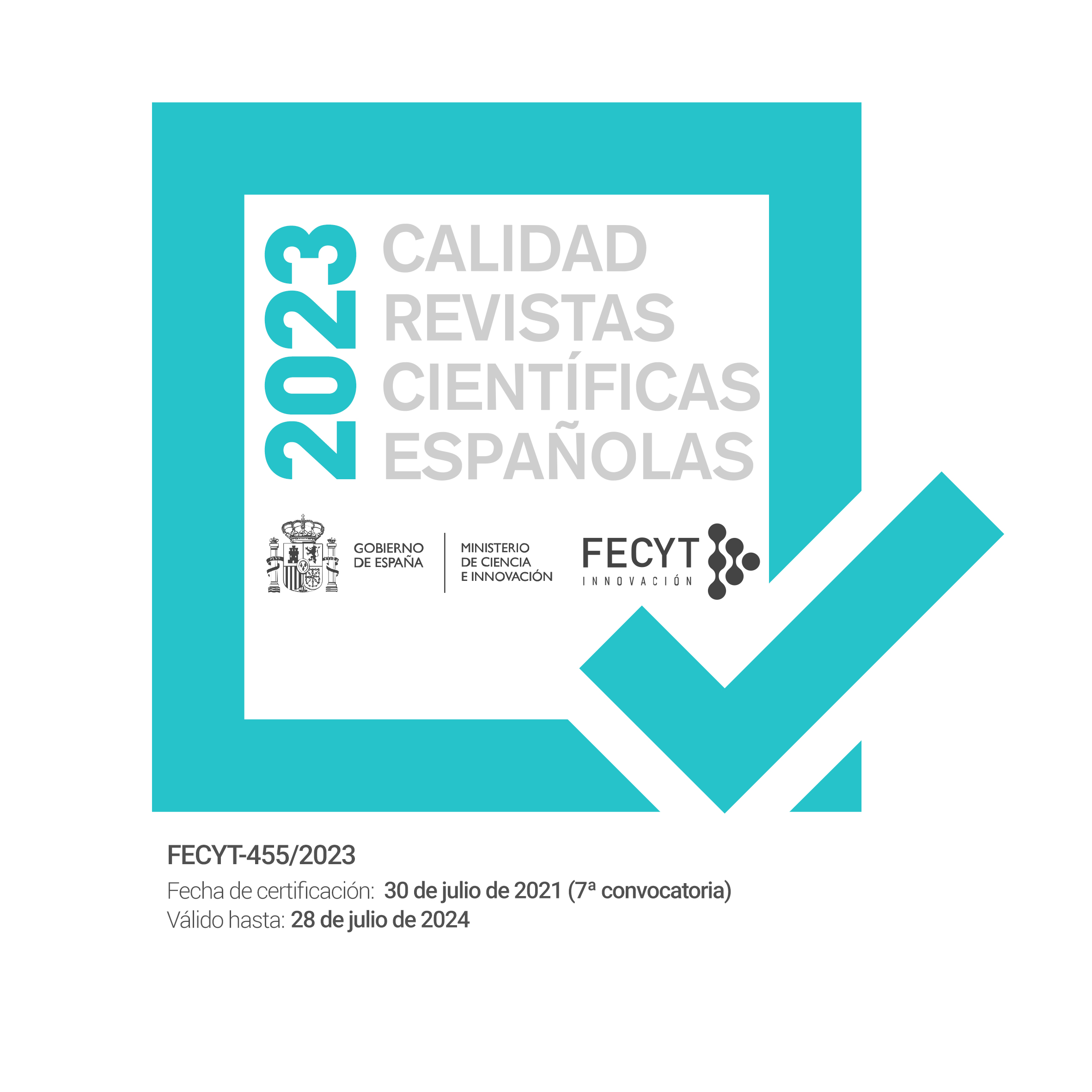The royal sacralization and the birth of a symbolic city: The translation of the royal bodies to Granada
DOI:
https://doi.org/10.30827/cn.v0i35.1637Keywords:
Traslation, Granada, Pantheon, Conquest, King, SaintAbstract
Granada, ultimate Muslim city of the Hispanic peninsula to be conquered in 1492, is before everything sanctified by the royal presence and the mark of the new power. The translation of the Catholic king’s bodies and the building of the royal chapel reinforce even more Granada’s symbolic status, the city embodying the conquerant monarchy’s values. The kings, buried as saint’s relics in the center of the city, take then naturally for her the part of spiritual as well as temporal patrons. In the same time, the Hispanic royalty finds in the translations and funeral receptions new ceremonial occasions that strengthen it’s sacrality and draw gradually the specificity of it’s power. However, Charles V’s decision to establish his dynastic pantheon in Granada affects the Catholic King’s initial project and throws light on the meaning given to the 1492 conquest, which comes to be no more the emblem of territorial restoration’s height, but of Hispanic monarchy’s doctrinal project.
Downloads
Downloads
Published
How to Cite
Issue
Section
License
Nuestra revista se atiene a las recomendaciones para la implementación del Artículo 37 Difusión en Acceso Abierto de la Ley de la Ciencia, la Tecnología y la Innovación:
- Los/as autores/as cuyas contribuciones sean aceptadas para su publicación en esta revista conservarán el derecho no exclusivo de utilizar sus contribuciones con fines académicos, de investigación y educativos, incluyendo el auto-archivo o depósito de los artículos aceptados en repositorios institucionales o temáticos de acceso abierto de cualquier tipo en un plazo máximo de seis meses.
- Preferiblemente se permitirá el uso de la versión publicada de las contribuciones científicas, que estarán accesibles en abierto tan pronto como sea posible.
-
Que en caso de que el trabajo sea aprobado para su publicación, el/la autor/a autoriza de manera ilimitada en el tiempo a la entidad editora para que incluya dicho texto en Chronica Nova y pueda reproducirlo, editarlo, distribuirlo, exhibirlo y comunicarlo en el país y en el extranjero por medios impresos, electrónicos, CD, Internet o cualquier otro medio conocido o por conocer.






 ISSN-e: 2445-1908
ISSN-e: 2445-1908










